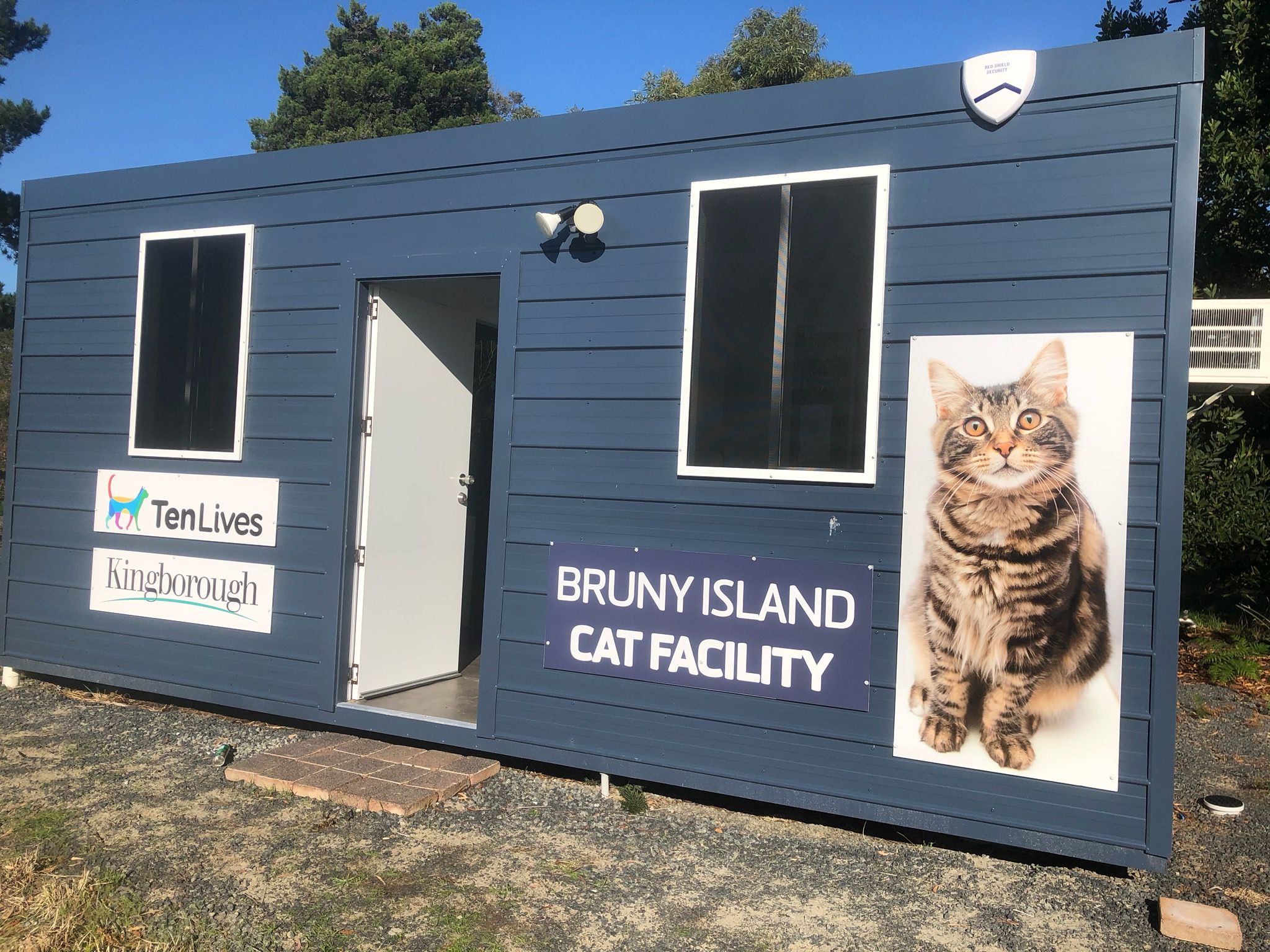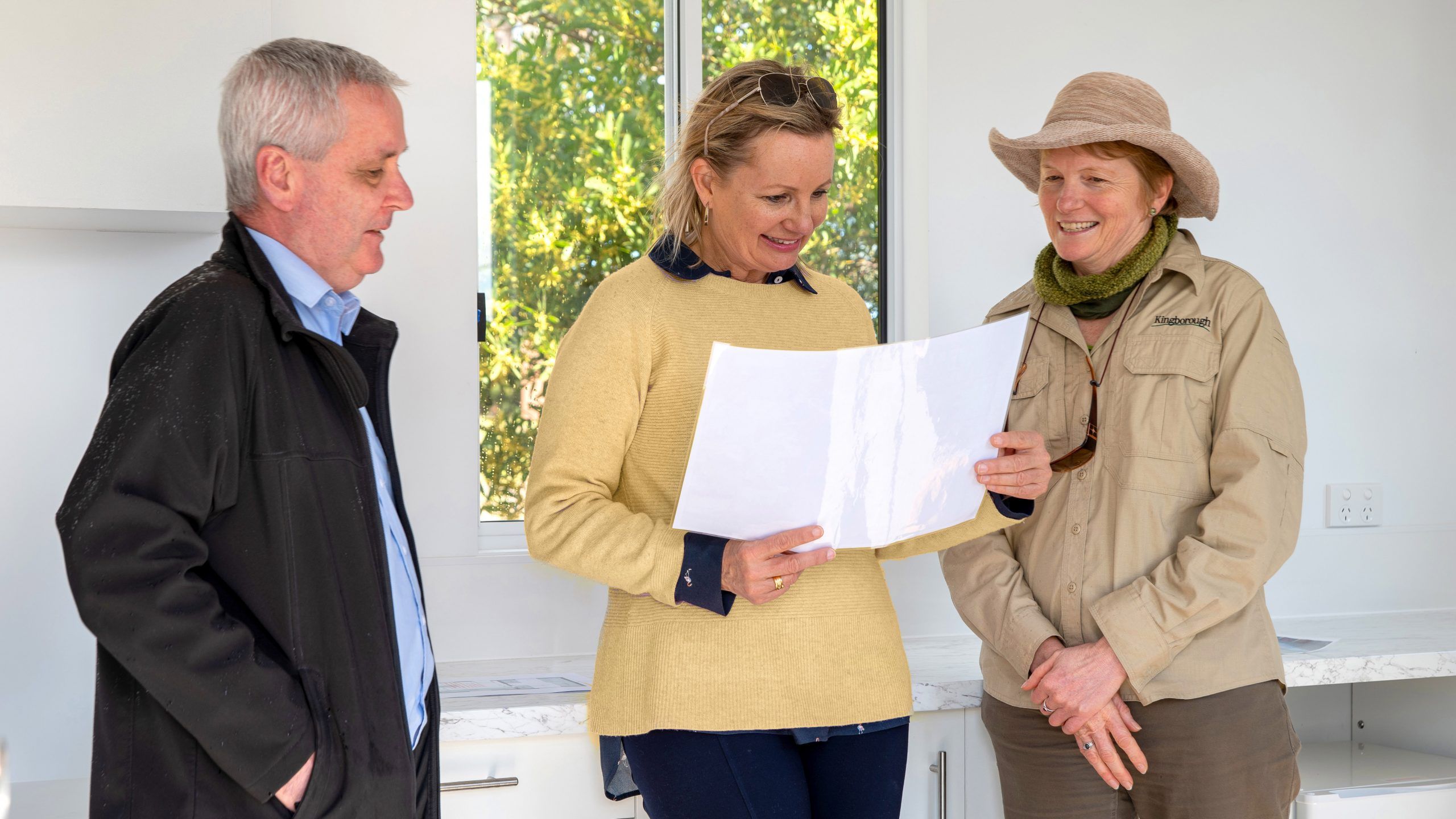Cat Management on Bruny Island
ARTICLE BY: Dr Tess Vitesnik, Ten Lives Head Veterinarian.
For the last four years, Bruny Island, just off the south-east coast of Tasmania – has received federal funding to initiate a feral cat eradication program.
It was chosen as one of five islands around Australia to be involved in a project aimed at protecting threatened species. The program has been supported by many partner organisations. Working together, they have made significant progress in understanding the cat population on Bruny Island and in implementing sustainable management techniques.

As well as being involved in the program, Ten Lives is hoping to use the work on Bruny Island as a template for cat management in other locations. Key steps on Bruny Island have included:
Steps include:
1. Identifying the food sources used by the cat population:
- Baseline surveys were carried out on shearwater, penguin, and plover populations in locations where cat density was high and trapping was to be focused. Surveys were repeated after cat management strategies had been implemented.
- The stomach contents of feral cats were examined to better understand their diet.
- Areas where there was feeding of stray cats were identified
2. Defining the cat population and its source:
- Remote camera monitoring and GPS tracking was carried out to determine the density, distribution and movements of feral cats and to inform where to focus research activity.
- The interactions between cats, rats, seabirds, rabbits and quolls were examined to help determine the positive and negative impacts of cat control.
- Areas where there was an accumulation of stray cats identified.
3. Deciding on the interventions to be carried out:
- An initial cost-benefit analysis was undertaken to identify strategies that provided the best value for money and would be acceptable to the community. Control of feral cats within the Neck Game Reserve and achieving responsible pet cat ownership were identified as critical to success.
- All options to reduce cat numbers were considered in a feasibility study. It found that eradication would likely take 14-21yrs, costs would be prohibitive, and techniques not permitted in Tasmania would be required. It reinforced that coordinated trapping to reduce feral cat impacts on sensitive species was going to be the smartest way to initially tackle the problem and would provide data to inform future management.
- Promotion of responsible cat ownership to ensure domestic and stray cats were not contributing to wildlife destruction was a key component of the project.
- The program worked with households where stray cats were being fed.
- The Bruny Island Cat By-Law was introduced to ensure the ongoing compliance of cat owners on the island.
- A cat management facility has been established on the island to assist with ongoing cat management.
4. Involving the community and key organisations:
- Community engagement was carried out via surveys, school activities, citizen science (wildlife monitoring, and community trapping and reporting systems), meetings with community groups, and visits to cat owners. This engagement has been key to the success and sustainability of the overall program.
- Liaising and working with key organisations – such as Ten Lives; the Department of Primary Industries, Parks, Water and Environment (DPIPWE); community groups; UTAS; and tourism operators – was required to enable the greater reach and impact of the program.
Many thanks to Kaylene Allan of the Kingborough Council.
Kaylene has been key in the Bruny Island Cat Management Program’s success!

PHOTO: Joel Diprose, Ten Lives.

